The Dwarf Mini is DwarfLab's latest smart telescopic camera system and probably their most surprising device to date. Everything about this mini version is designed around one idea: cram as much optical and electronic power into as little space as possible. The result is a smart telescope that is almost halved in volume compared to the Dwarf 3, but still keeps the same ambition: to let you photograph anywhere in the world in minutes.
Measuring about 18 × 10 × 6 cm and weighing less than a kilo, the Dwarf Mini takes up no more space than a couple of magazines on top of each other. That compact size lives up to its name, because inside this pocket-friendly housing you'll find a complete astrophotography kit: optics, sensors, drive and smart software all work together to give you access to the night sky anywhere in the world.
You simply place the Dwarf Mini on a stable surface or on your own tripod, turn it on, and within about three minutes you're ready to take deep-sky photos. Inside the small chassis are two lenses: a 1016 mm full-frame equivalent for larger deep-sky objects, and a 45 mm equivalent wide-angle lens to capture the Milky Way or star trails. This allows you to zoom in on nebulae as well as shoot wide landscapes.
Leading the way is the Sony STARVIS 2 IMX662 sensor, which DwarfLab combines with an integrated Astro filter and a Duo-Band Ha/OIII filter for nebulae. For solar observation, simply snap the included solar filter in front of the lens. Beginners benefit from fully automatic image processing and live-stacking, while advanced users can get started with RAW files, EQ mode, mosaics and automated sessions. So you can use the system as simply or as extensively as you like.

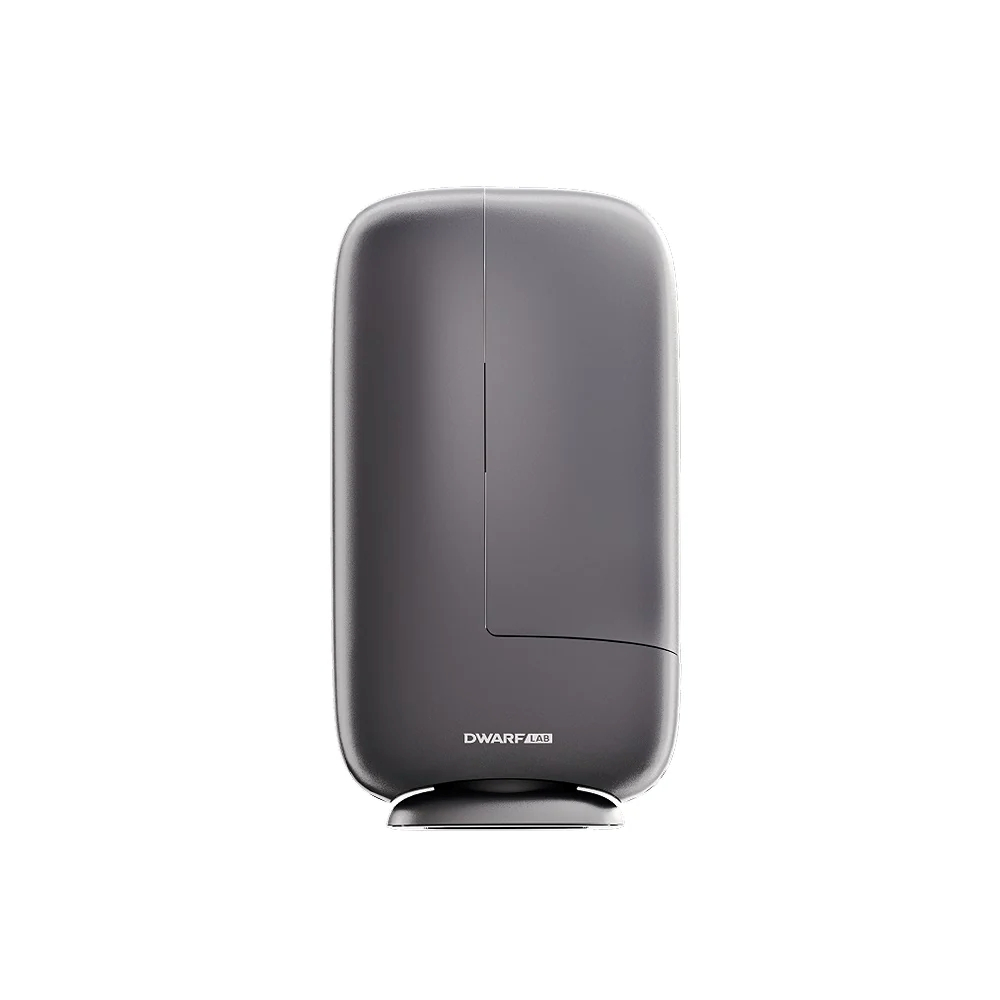
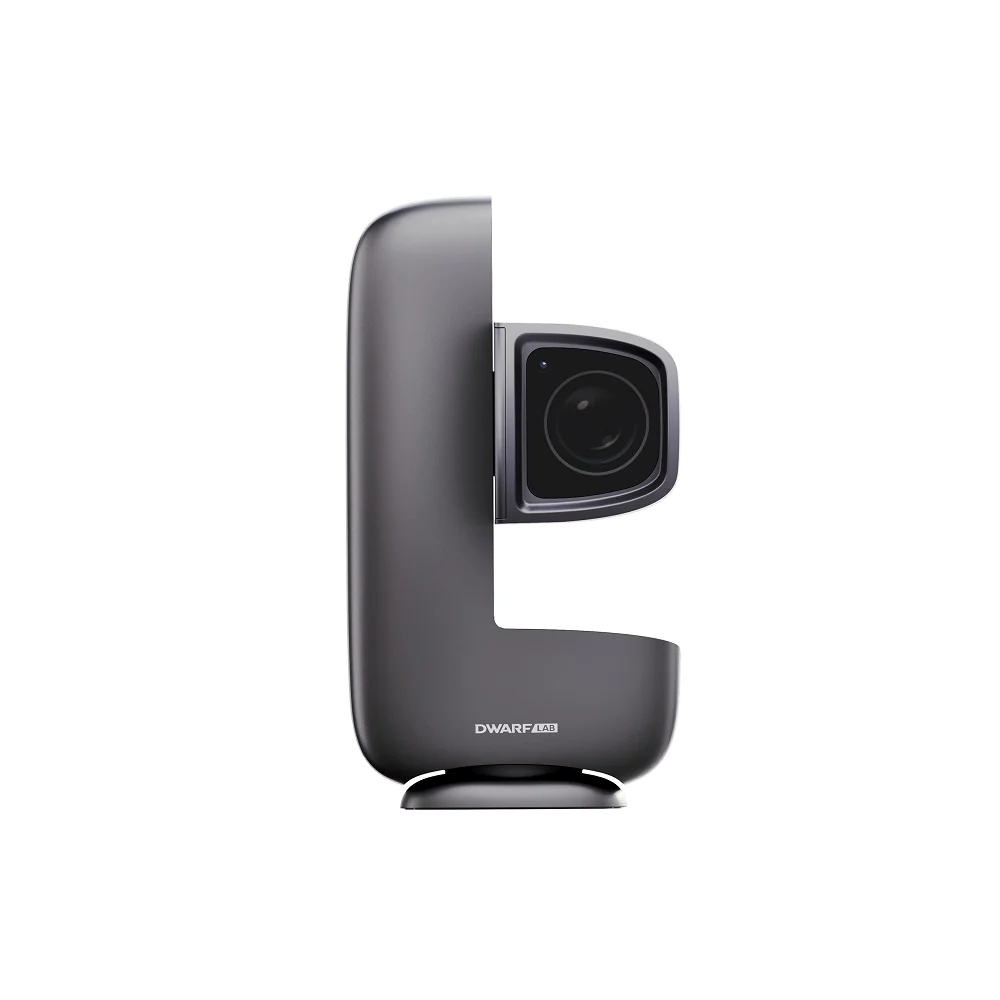
An ideal travel companion
The Dwarf Mini is built for anyone who likes to travel light but doesn't want to compromise on image quality. Thanks to two different perspectives, smart image processing and a complete optical system in an extremely compact design, this is a smart telescope that's as easy to take with you on vacation as it is to a dark spot nearby. Set it down, start it up, and within minutes you're ready to shoot.
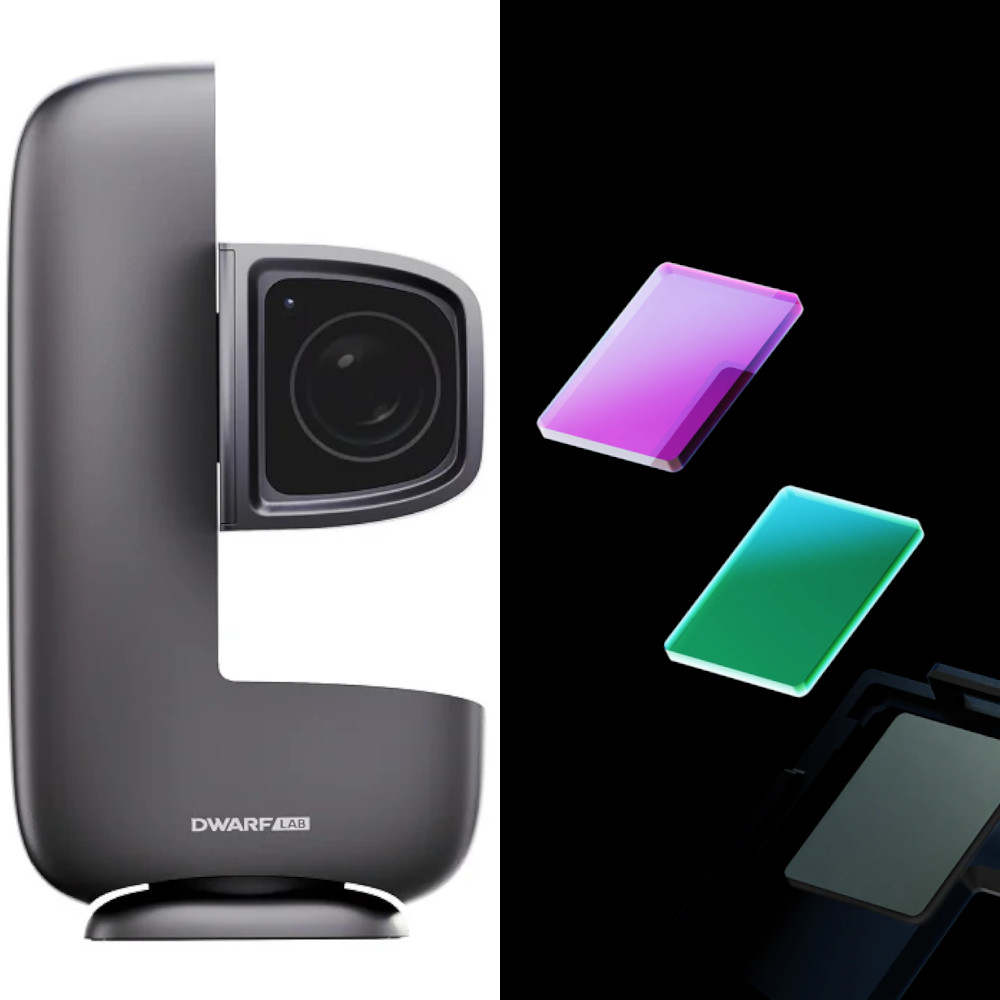
Astro-ready optics and integrated filters
The Dwarf Mini features two carefully composed optical systems. For deep-sky, use the 30 mm f/5 telephoto lens, which, thanks to its 150 mm focal length and IMX662 sensor, corresponds to a 1016 mm full-frame equivalent. Nebulae, the Pleiades, the Moon and many other objects therefore fit perfectly into the picture.
To suppress light pollution and increase contrast, DwarfLab has added an internal filter wheel. You can switch between a broadband Astrofilter (430-690 nm) or a Duo-Band Ha/OIII filter for nebulae. A dark filter for calibration frames is also present.
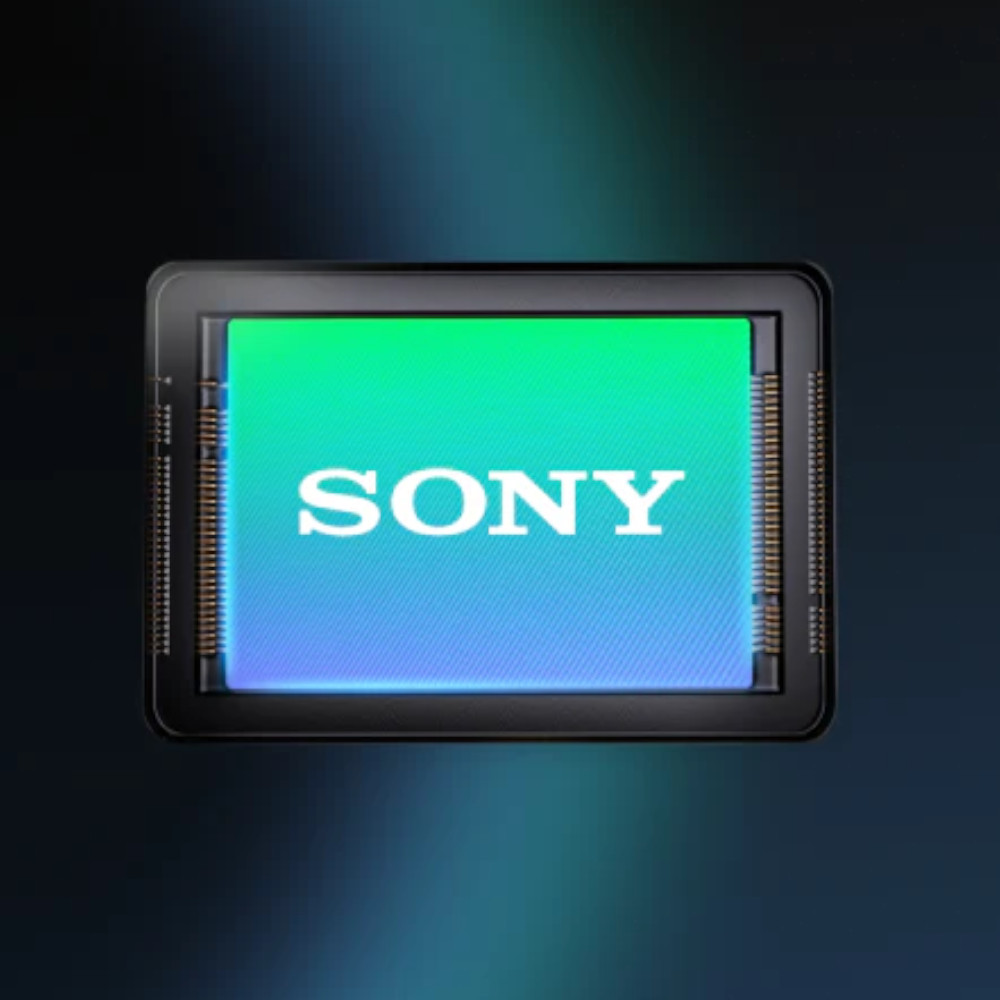
Two sensors for sharp images
Working behind the telephoto lens is the Sony STARVIS 2 IMX662 sensor, a 1/2.8-inch chip with high light sensitivity and 2.07 MP resolution. This sensor is known for its deep well depth, high QE and sensitivity in near infrared. As a result, broadband shots as well as neo shots gain visible contrast and detail.
For the wide-angle lens, the Dwarf Mini uses an OMNIVISION OV02K10 sensor (1/2.8”), which delivers full-HD images of the Milky Way or nightscapes.
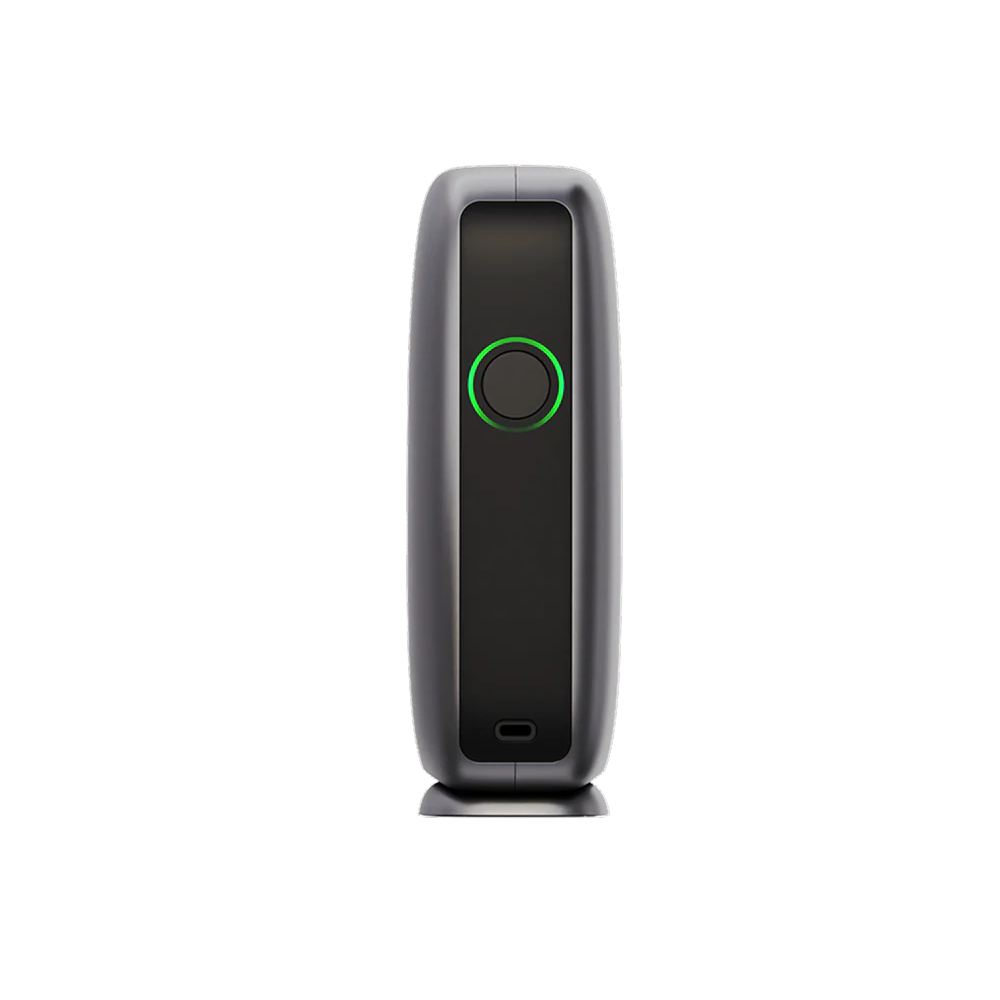
Ultra-portable
The Dwarf Mini is about 55% of the volume and 58% of the weight of the already compact Dwarf 3. Under two pounds, you are left with a smart telescope that fits effortlessly into a backpack, slingbag or coat pocket. This is a system you don't have to plan; you just take it with you and wait for clear weather. It is a travel-friendly approach to astrophotography that few other smart telescopes offer.

Compact size, enormously powerful
Although truly ‘mini,’ the Mini includes all the features you'd expect from a modern smart telescope. The two WiFi antennas offer a range of up to about 15 meters in open terrain, where you can choose between 2.4 GHz (range) or 5 GHz (speed). Bluetooth 5.0 is present, as is USB-C for file transfer from the 64 GB of internal storage.
The 7000 mAh battery delivers up to about four hours of use time, enough for a full session including live stacking. Everything is focused on mobility and simplicity, with no need for external accessories to get started.
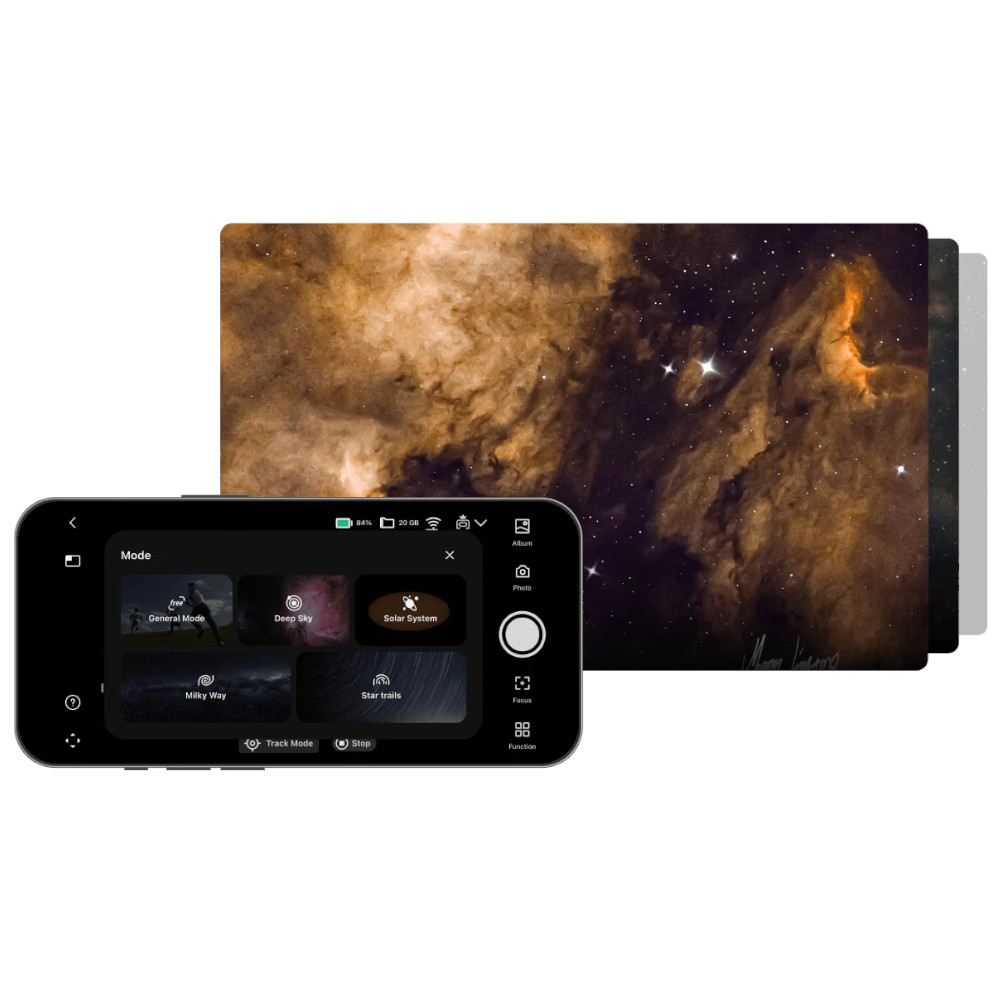
Capture in your way
The Dwarf Mini supports photo, video, astro, burst and time-lapse modes. With these, you can capture everything from a total lunar eclipse to star trails or vast fields of mist.
For beginners, the system does almost everything automatically: focusing, live stacking, noise reduction and image optimization.
Advanced photographers, on the other hand, can go in depth with RAW files, EQ mode (to combat field rotation), mosaics for larger objects and auto-run workflows for long sessions. The Dwarf Mini easily adapts to your skill level.

Connect and start shooting within minutes
The Dwarf Mini works as intuitively as it looks. You set it down, open the app and within minutes it's ready to capture the night. Thanks to its instant WiFi connection and smart interface, you don't have to figure out settings: you see live what the telescope sees, start a shot and watch on your phone as the picture slowly sharpens.
Whether you're camping, in the backyard or on the road, the Dwarf Mini fits effortlessly in your bag and works anywhere you can use your phone. As a result, astrophotography no longer feels like a ‘setup,’ but something you can do spontaneously as soon as the sky is clear.
Comes with...

Specifications of the Dwarf Mini
Processor & control
CPU: Dynamically adjustable clock speed (408 MHz - 1,608 GHz)
Chipset: RV1106G3 platform
CPU Cores: Single-core ARM Cortex-A7 (32-bit)
NPU computing power: 1.0 TOPS
Operating System
Compatible with: iOS & Android
Data & connectivity
Connections: WiFi, Bluetooth and USB-C
WiFi bands: 2.4 GHz and 5 GHz
WiFi protocols: 802.11 b/g/n/a/ac
WiFi range: up to about 15 meters (open environment)
WiFi speed: up to 433 Mbps
Bluetooth: 5.0 (BR/EDR/LE)
USB: USB 2.0 via USB-C
Data transmission: WiFi & USB-C
Storage
Internal storage: 64 GB
Telephoto lens (deep-sky optics)
Aperture: 30 mm
Focal length: 150 mm
Full-frame equivalent: 1016 mm
Angle of view (∞): D 2.45°, H 2.14°, V 1.20°
Sensor: Sony STARVIS 2 IMX662 (1/2.8″)
Shutter speeds: 1/10,000 s - 90 s
Built-in filters: Astro, Dark, Duo-Band (Ha/OIII)
Maximum resolution: 1920 × 1080
Effective pixels: 2.07 MP
Focus range: 5 m - infinity
Modes: Photo, Video, Astro, Burst, Time-lapse
Wide-angle lens (landscape astrophotography)
Aperture: 3.4 mm
Focal length: 6.7 mm
Full-frame equivalent: 45 mm
Angle of view (∞): D 50.59°, H 45.06°, V 25.93°
Sensor: OV02K10 (1/2.8″)
Shutter speeds: 1/10,000 s - 30 s
Built-in filter: Astro
Maximum resolution: 1920 × 1080
Effective pixels: 2.07 MP
Modes: Photo, Video, Astro, Burst, Time-lapse
File formats
Photo: JPG
Video: MP4
Astrophotography: FITS / TIFF
Burst: JPG
Time-lapse: MP4
Battery & charging
Capacity: 7000 mAh
Operating time: about 4 hours (astrophotography)
Charging time: ± 100 minutes
Charging power: 22 W
Charging port: USB-C
Operating temperature: -20°C to 45°C
Charging temperature: 0°C to 45°C
Dimensions & weight
Dimensions: 100.38 × 183.61 × 60.70 mm
Weight: 840 g
Rotational range
Lens tube: 225°
Mounting: 360°

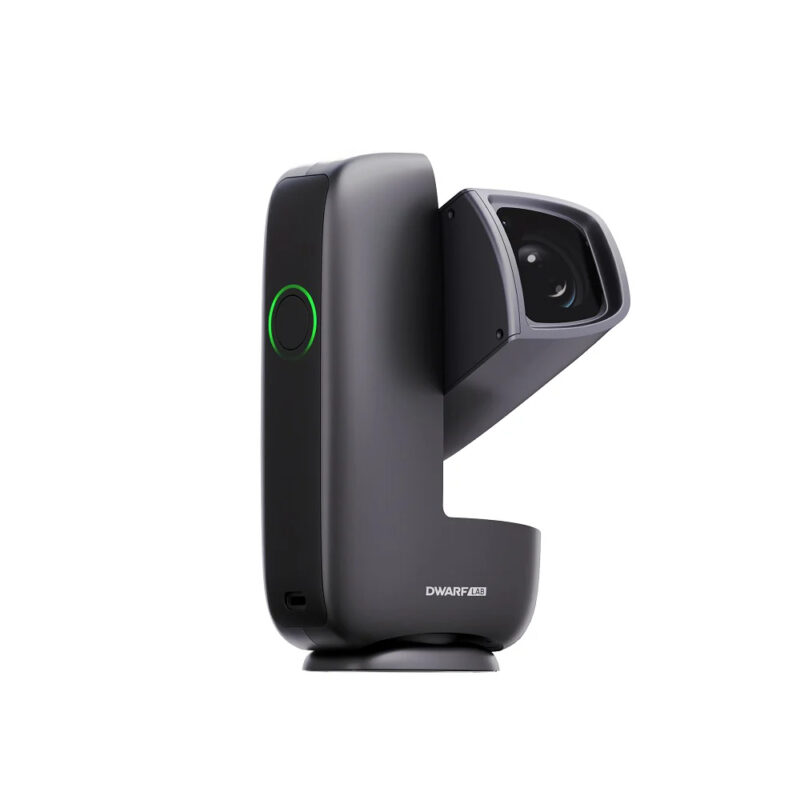

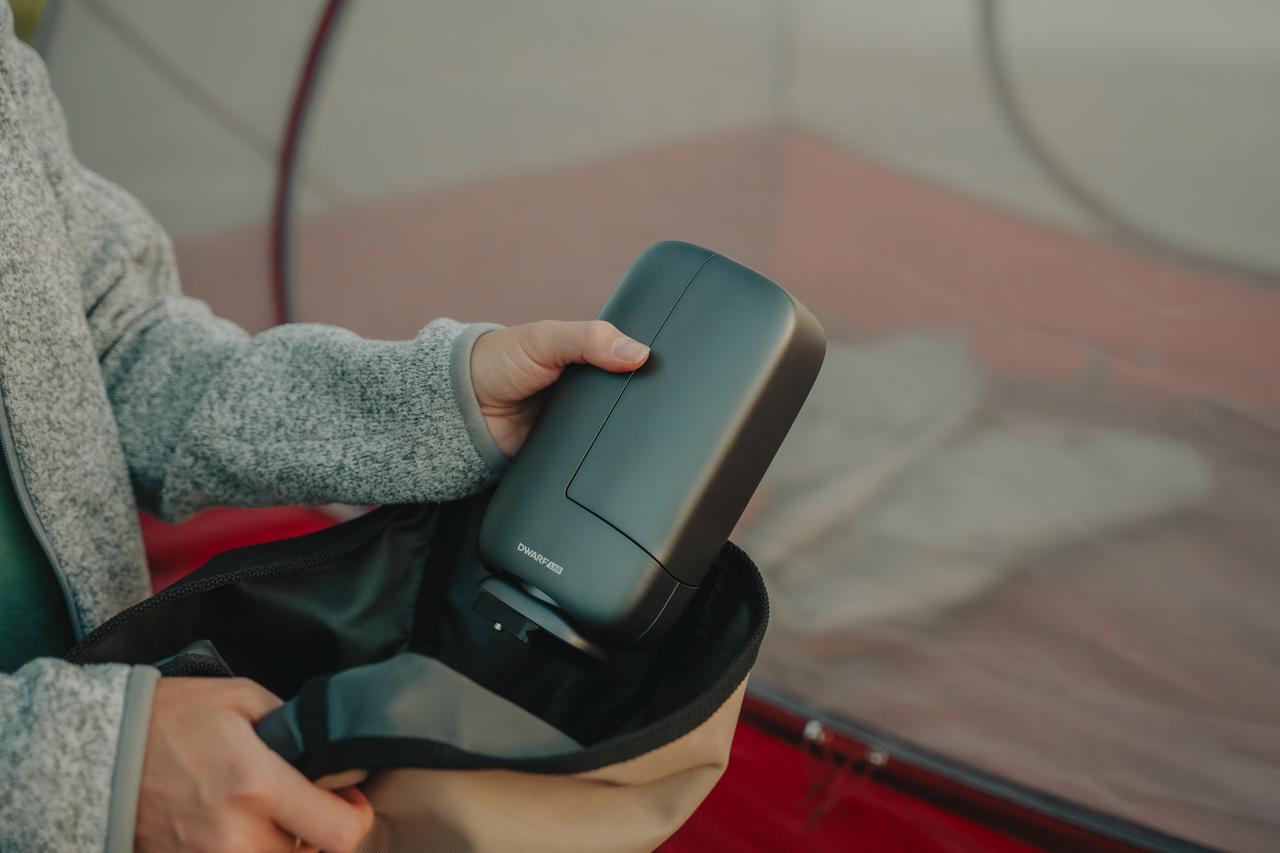
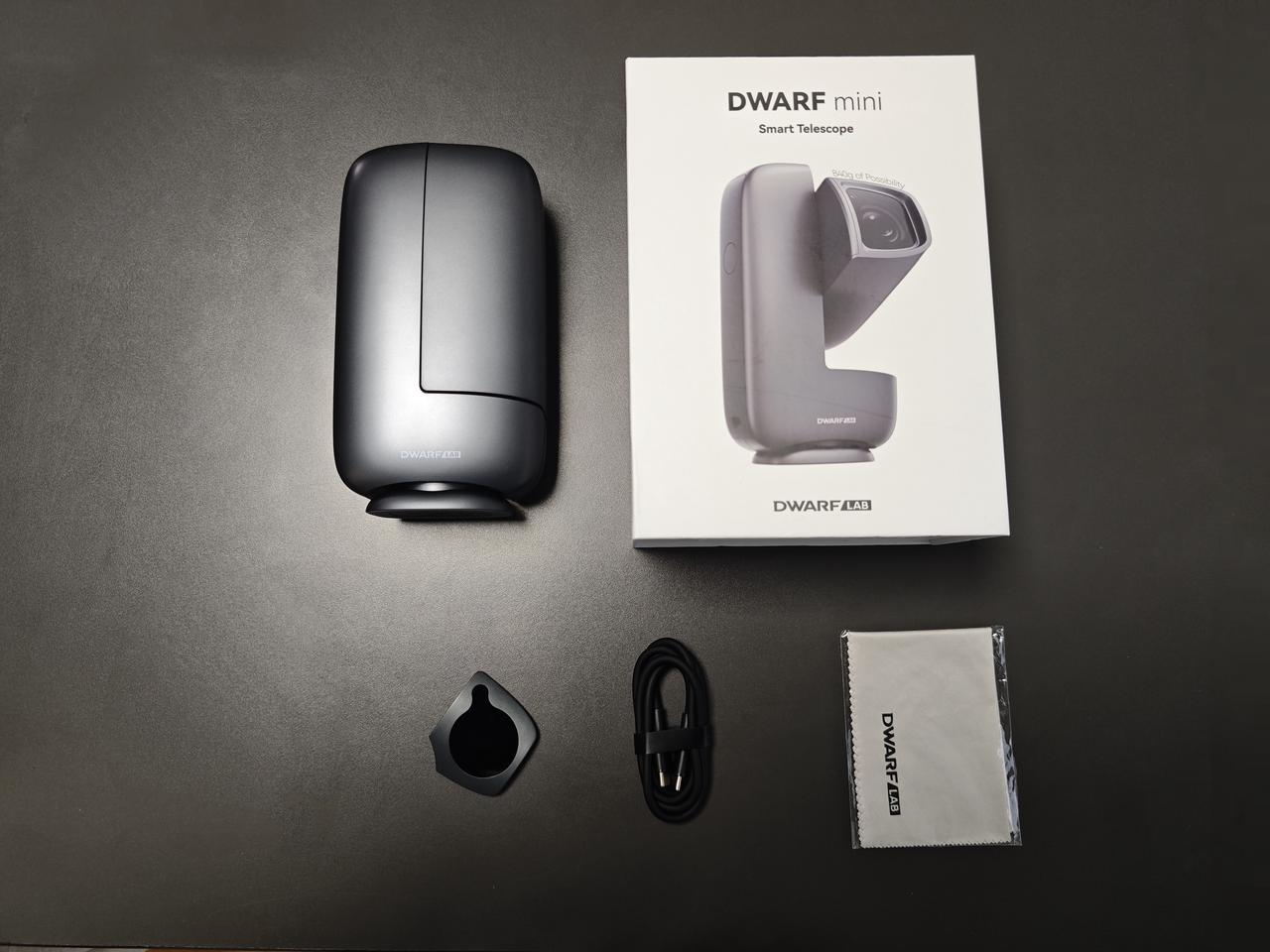


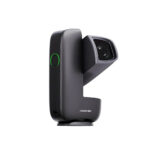


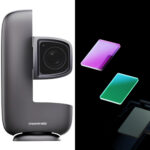
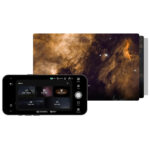

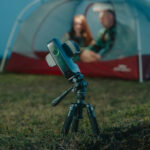



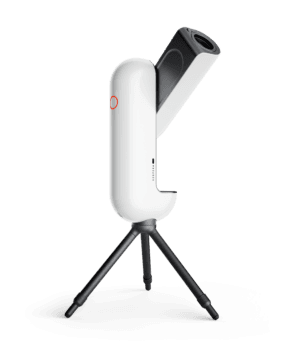


Reviews
There are no reviews yet.